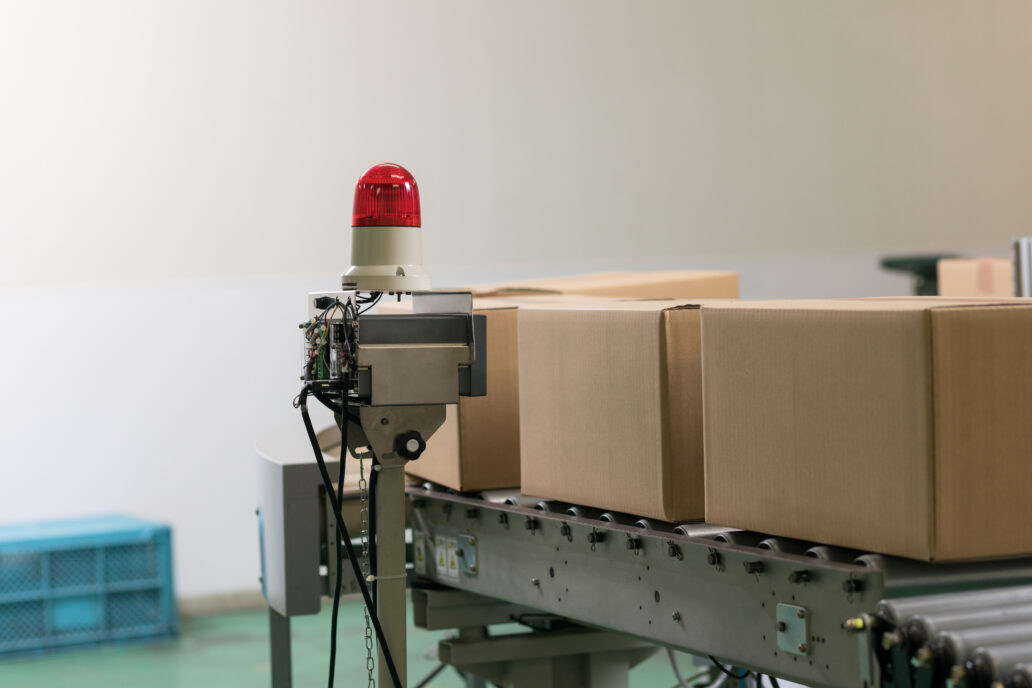
Clarifying ASTM D4169 Options – It’s all in the details
ASTM D4169 is a standard test method for performance testing of shipping containers and packaging systems. It evaluates the ability of shipping units to withstand the expected distribution environment. FDA recognizes it as a consensus standard as part of sterility testing that is commonly applied to all sorts of medical devices.
One important thing to know about ASTM D4169 is there are a few options within the standard that need to be defined. Leaving these details unclear could result in the testing group deciding on which options apply your behalf. It could also result in incomplete records, the need to change DHF documents, the need to change the product design itself, false positive / negative results, or a combination of the above.
Without further ado, here are the options within ASTM D4169 which should be clarified ahead of time as they affect the way the package is tested, ultimately affecting your results:
Acceptance Criteria
- Potential Impact: false negative (failing tests where the damage is acceptable) or false positive (passing tests where you prefer to realize the shortcomings and update the design before production).
Assurance Level
- Level 1 – the most severe. Useful for maximizing confidence and/or when there is significant risk associated with failure.
- Level 2 – the recommended default option.
- Level 3 – the least severe. Useful when there is low risk associated with failure.
- Potential Impact: false negative (failing tests by stressing the units beyond expected levels) or false positive (passing tests where you would have preferred to realize the shortcomings and update the design before production).
Distribution Cycle
- DC-13 (international air and ground transport) is a common choice for small medical devices shipped in boxes.
- DC-4 (single package with pallet or skid, LTL motor freight) can be useful for focused validation of shipments to sterilization or distribution centers.
- Your choice will be based on your expected shipping methods.
- Tip: consider all forms of shipping including parts from your supplier to your assembly facility, assembly facility to distributor, etc., as these may have different shipping methods and packaging.
- Others (see ASTM D4169 for a range of other options if the two listed above are not suitable)
- Potential Impact: false negative (failing tests by stressing the units beyond expected levels) or false positive (passing tests where you would have preferred to realize the shortcomings and update the design before production).
Package Type
- Will it be manually or mechanically (i.e., forklift etc.) handled?
- Potential Impact: This directly affects the type of testing applied to the package for many distribution cycles.
- Is it less than 30lbs and less than 2 cubic feet?
- Potential Impact: If so, it’s considered a ‘small and light’ package, which doesn’t require as much loading for stack testing, but has a higher drop height. Failing to identify a package as small and light may mean you end up crushing it during the stack test.
- Is it a lightweight single wall corrugated shipping container (under 275 Burst or 44 ECT) or plastic film wrapped?
- Potential impact: If so, the concentrated impact test applies. Correctly identifying this factor will avoid unnecessary expenses (impact testing strong boxes) and false positives (by forgetting to apply the impact test when it should be applied).
- Does it have stress bearing interior elements (rigid inserts that are part of the packaging, such as wood, or the product itself supports a portion of the load) or is it not made of plastic, cardboard, or fiberboard?
- Potential Impact: If true, it doesn’t require as much loading during stack testing. Failing to identify this may mean you end up crushing it during the stack test unnecessarily.
Vibration type
- Random test method (results in a better simulation of actual transport vibration environments), and/or sine test method (often used as a means of determining and observing system resonances and can be used in conjunction with the random method).
- Potential Impact: The two options will impart significantly different dynamic stresses, potentially leading to false results if specified inappropriately.
Low Pressure
- Do the shipping units contain primary packages that have porous material (e.g., Tyvek)?
- Potential Impact: low pressure testing may be able to be omitted.
- Furthermore, if environmental testing conducted elsewhere will include low pressure testing, it may be redundant to perform it as part of shipping testing.
- Potential Impact: avoiding unnecessary expenses.
Conclusion
In conclusion, defining these ASTM D4169 options when preparing testing plans will lead to more accurate results with less risk of losing time and money changing the design and repeating tests. Best practice is to get ahead and, in discussion with your testing group, document these choices in your test plan.
Nigel Syrotuck is a StarFish Medical Project Engineer and frequent guest blogger for medical device media including MD+DI, Medical Product Outsourcing, and Medtech Intelligence. He works on projects big and small and blogs on everything in-between.
Image: Adobe Stock
Vibration testing is important for safety risks and business risks Learn the XYZs of Vibration basics.